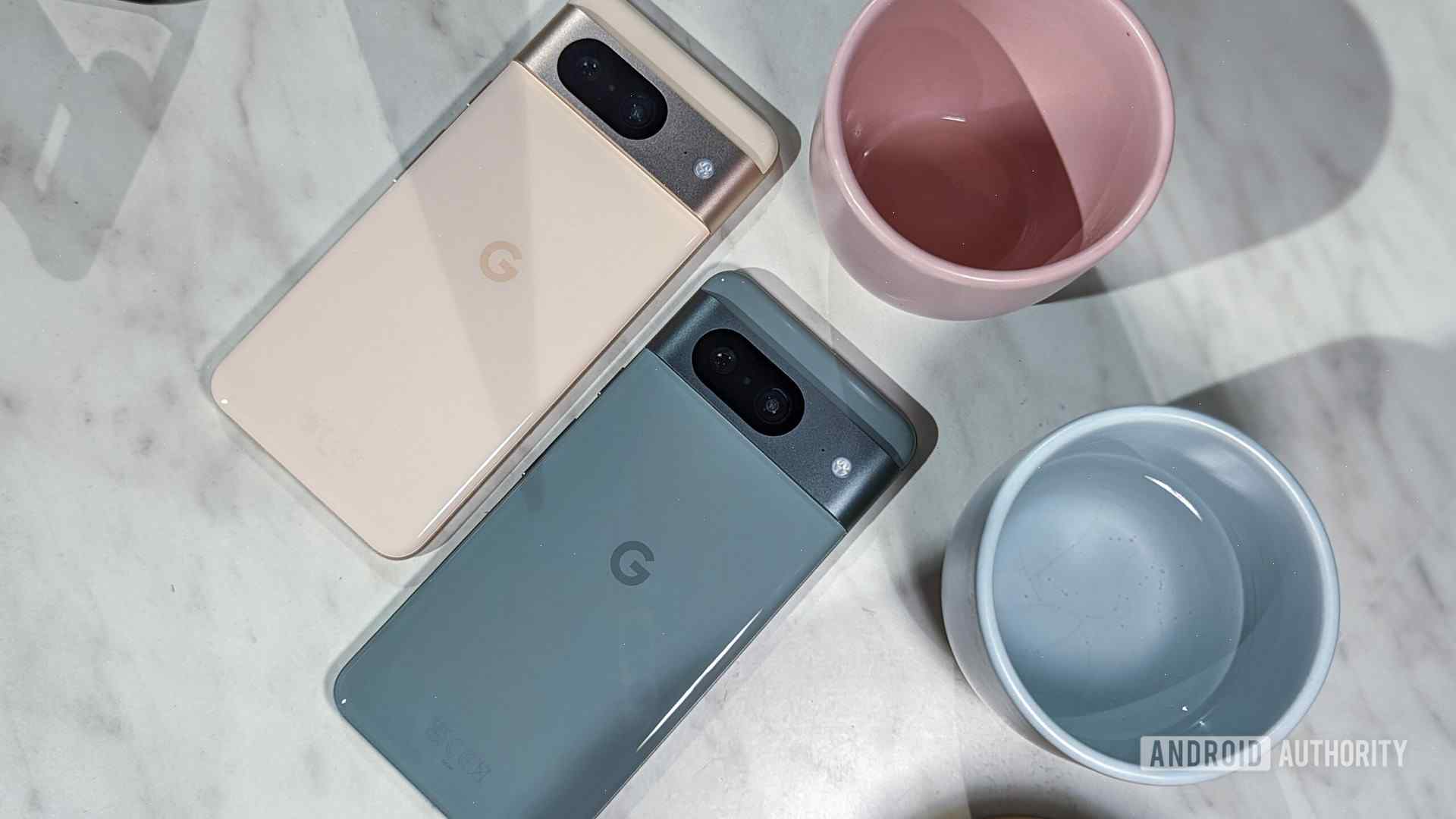As a seasoned tech journalist, I’ve had the pleasure of getting my hands on some of the latest and greatest devices to hit the market. But few things get my heart racing quite like a new smartphone release. And when it comes to the premium segment, Google’s Pixel series has consistently impressed me with its seamless performance, intuitive user interface, and exceptional camera prowess. Today, I’ll be tackling a common conundrum many tech enthusiasts face: should you upgrade from the Google Pixel 7a to the Pixel 8? Let’s dive in and find out.
First off, it’s essential to acknowledge that both phones are excellent choices. The Pixel 7a, released in May 2022, boasts a powerful mid-range Qualcomm Snapdragon 740G processor, 4GB of RAM, and 64GB of expandable storage. Its bigger brother, the Pixel 8, launched in October 2022, ups the ante with a flagship Qualcomm Snapdragon 888 chip, 6GB of RAM, and 128GB of internal storage. While both devices run Android 11 out of the box, the Pixel 8 enjoys a slight edge thanks to its newer software version (11.2 versus 11.1 on the 7a).
Now, let’s talk about the main event: cameras. Google has long been renowned for its exceptional image processing capabilities, and both phones showcase this strength. The Pixel 7a sports a dual-camera setup consisting of a 12.2MP primary shooter and a 12MP ultra-wide lens. In contrast, the Pixel 8 boasts a quad-cam configuration, adding a 64MP telephoto lens and a time-of-flight sensor to the mix. On paper, the Pixel 8 seems like a clear winner, but real-world usage tells a different story. Both phones deliver impressive results, especially in well-lit conditions. Sure, the Pixel 8 offers slightly better zoom capability and improved low-light performance, but the difference isn’t night and day. If photography is your passion, you may appreciate the extra features and refined quality of the Pixel 8. For casual users, though, the Pixel 7a’s camera system will satisfy your needs and capture beautiful memories.
Another significant factor in the upgrade decision is battery life. With a larger 6.1-inch display compared to the Pixel 7a’s 5.9 inches, the Pixel 8 understandably requires more juice. However, Google’s optimization wizardry manages to eke out similar endurance from both devices. You can expect around 12 hours of moderate use from either phone before needing a top-up. Is the marginally larger screen size worth sacrificing some battery life? That’s a personal call.
Design-wise, both phones flaunt sleek glass-metal constructions, but the Pixel 8 introduces a fresh design language dubbed “Pixel Arc.” This subtle curvature along the edges provides a comfortable grip while giving the device a distinct look. It’s a welcome update, although the Pixel 7a still exudes a premium feel. Your preference here will depend on how much you value aesthetics and whether the Pixel 8’s revamped appearance justifies an upgrade.
Last but not least, price plays a crucial role in the upgrade equation. At launch, the Google Pixel 7a started at approximately $400, while the Pixel 8 begins at $600. Depending on your region and retailer, prices may vary. Considering the modest improvements and feature differences, upgrading from the Pixel 7a to the Pixel 8 might not be the most cost-effective choice. Then again, if you’re due for an upgrade via your carrier or have the means to splurge, the Pixel 8 undeniably offers a richer overall experience.
In conclusion, deciding whether to upgrade from the Google Pixel 7a to the Pixel 8 ultimately depends on individual preferences and priorities. Photography enthusiasts, power users, and those who place immense value on cutting-edge technology may find the Pixel 8 a compelling upgrade

